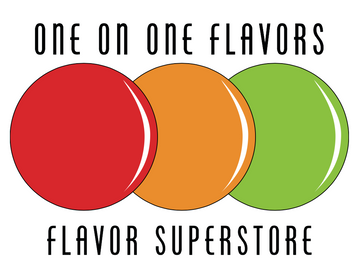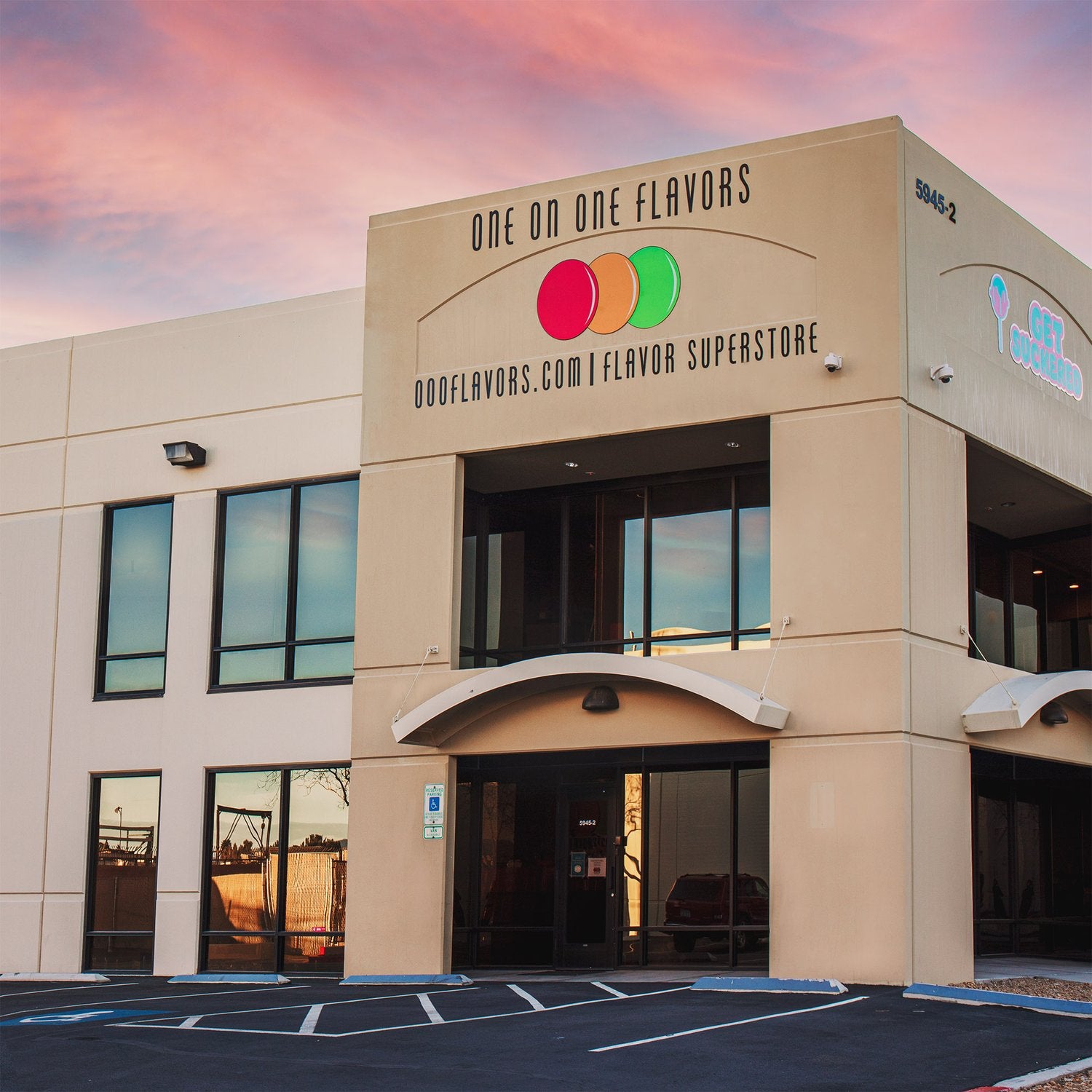The demand for natural and handmade cosmetic products continues to grow as consumers look for high-quality, skin-friendly alternatives to commercial beauty products. Whether you're starting a new business or expanding your product line, creating natural cosmetics requires the right ingredients, techniques, and formulation knowledge. Here are essential tips to help you develop high-quality, natural beauty products that stand out in the market.
1. Choose High-Quality Ingredients
Natural cosmetics rely on pure, effective ingredients that nourish the skin without synthetic additives. Focus on using:
- Natural Oils – Coconut oil, jojoba oil, sweet almond oil, and shea butter provide hydration and skin benefits.
- Botanical Extracts – Green tea, chamomile, aloe vera, and rose extracts add soothing properties.
- Essential Oils & Flavoring Oils – Essential oils for fragrance and OOOFlavors cosmetic-safe flavoring oils for lip products.
- Natural Colorants – Mica powders, beetroot powder, and cocoa powder offer non-toxic color options.
Using high-quality, ethically sourced ingredients ensures the best results and appeals to customers looking for transparency in beauty products.
2. Understand Safe Formulation Practices
When making natural cosmetics, it's essential to follow safe formulation guidelines to ensure product stability and skin safety.
- Know Your Preservatives – While many natural products avoid preservatives, water-based formulations (such as lotions) require broad-spectrum preservatives like leucidal liquid or geogard to prevent microbial growth.
- Balance pH Levels – Different products require specific pH levels. For example, facial cleansers should be between 4.5 - 5.5, while shampoos are typically around 4 - 6.
- Conduct Patch Tests – Always test new formulas on a small skin area to check for irritation.
3. Create Effective and Appealing Formulations
Customers love natural cosmetics that feel good, smell great, and perform well. Here’s how to enhance your formulations:
- Lip Gloss & Balms – Use OOOFlavors flavoring oils for delicious scents without artificial additives. Popular choices include Vanilla, Strawberry, and Cotton Candy Flavoring.
- Body Butters & Lotions – Whip shea or mango butter with a light oil for a smooth, non-greasy finish.
- Scrubs & Exfoliants – Sugar, salt, or coffee grounds add gentle exfoliation while natural oils keep skin hydrated.
- Bath Bombs & Soaks – Add natural colorants and essential oils for a luxurious, aromatic experience.
Experimenting with different ingredient combinations will help you find the perfect balance of texture, scent, and performance for your products.
4. Label and Market Your Products Correctly
Proper labeling and marketing can set your brand apart and build customer trust.
- List Ingredients Clearly – Transparency is key for natural beauty brands. Use INCI (International Nomenclature of Cosmetic Ingredients) names where possible.
- Follow FDA Guidelines – Ensure that your labeling complies with cosmetic regulations, avoiding unverified claims like “heals” or “cures.”
- Use Sustainable Packaging – Eco-friendly packaging, such as glass jars or biodegradable containers, appeals to eco-conscious consumers.
- Engage on Social Media – Showcase your formulations, behind-the-scenes creation process, and customer testimonials to build brand loyalty.
5. Test, Adjust, and Improve
The best natural cosmetic businesses continually refine their products based on customer feedback and testing. Consider:
- Conducting small-batch testing before full production.
- Surveying early customers for honest reviews and improvements.
- Exploring new trends, such as CBD-infused skincare, probiotic cosmetics, or minimalist formulations.
With research, high-quality ingredients, and a commitment to safe, effective formulations, you can create natural cosmetic products that attract loyal customers and elevate your brand.

